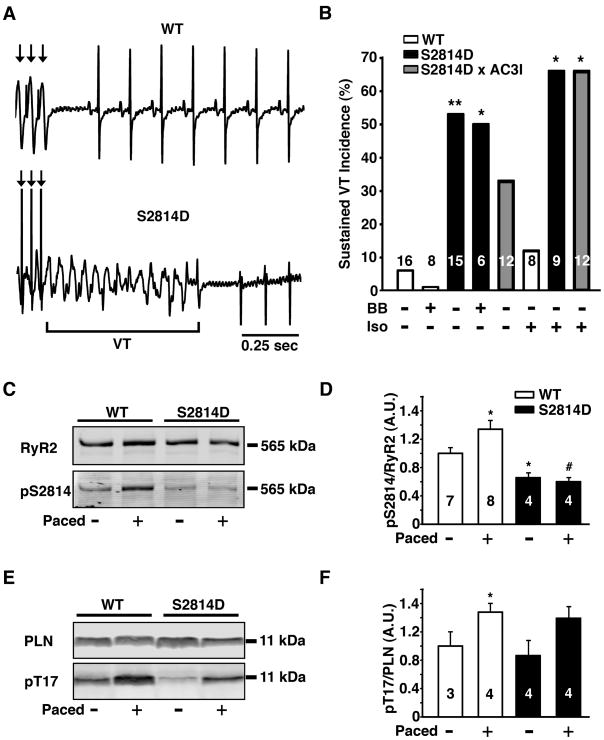Figure 5. CaMKII phosphorylation of RyR2 is critical for development of ventricular arrhythmias in normal and failing hearts.
(A) Representative ECG traces after injection of 0.5 mg/kg isoproterenol and intracardiac overdrive pacing. Wild type (WT) mice exhibited normal sinus rhythm after intracardiac pacing, while S2814D mice were predisposed to development of ventricular tachycardia (VT). (B) Percent incidence of overdrive pacing-induced VT in WT, S2814D, and S2814D:AC3I mice with (+) and without (−) agonist isoproterenol (Iso, 0.5 mg/kg i.p.) and propranolol beta blocker (BB, 3 mg/kg i.p). (C) Representative Western blot of the RyR2 CaMKII site (S2814) in WT and S2814D mice before and after intracardiac pacing. (D) WT mice have a significant increase in phosphorylation at the CaMKII site S2814, whereas S2814D mice cannot be phosphorylated at the site. (E) Representative Western blot of the phospholamban (PLN) CaMKII site (T17) before and after intracardiac pacing. (F) There is a significant increase in phosphorylation of PLN by CaMKII in WT mice. N is indicated in bar graphs. Fisher’s Exact test was used to compare VT incidence data; an unpaired Student’s t-test was used to compare phosphorylation data. *P<0.05, **P<0.01 vs. WT treatment-matched control; # P<0.05 vs. S2814D non-paced control.

